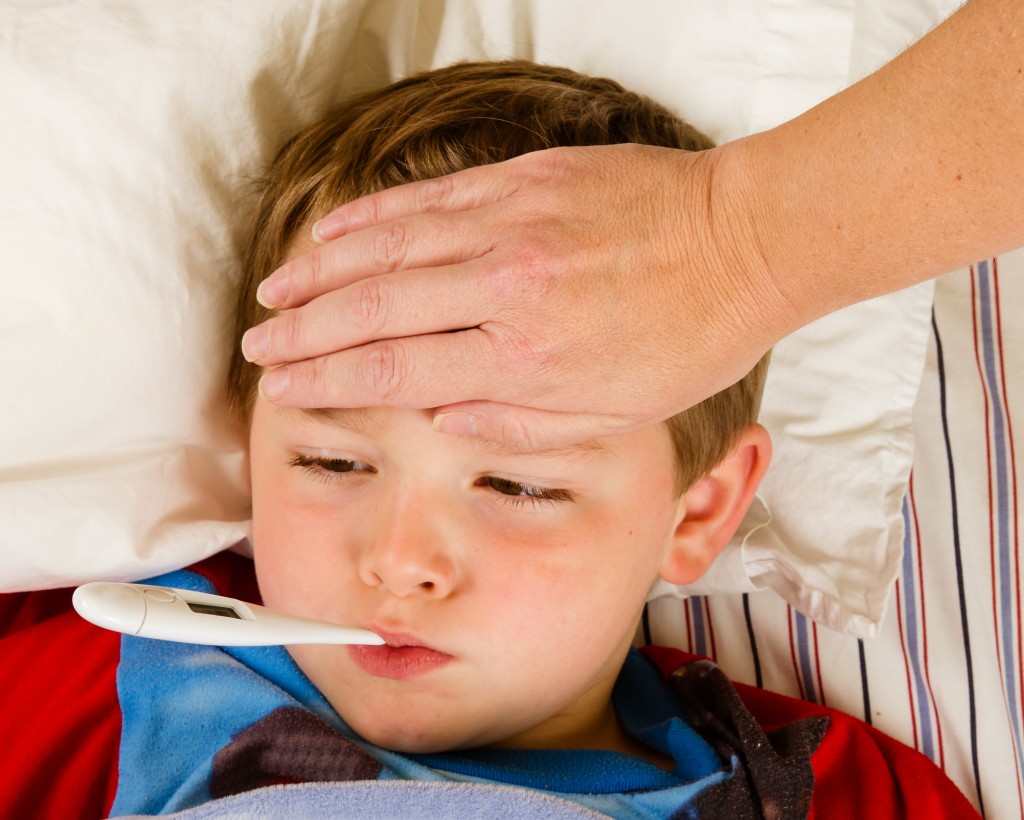Regardless of how much we protect our children, illnesses are inevitable given their constant exposure to other people, objects, and the environment.
Communicable and airborne viruses spread fast, but fortunately, vaccines and other modern medicine techniques have lessened or stopped their spread. Knowing the symptoms will help you treat these common illnesses fast, and of course, periodic consultations with pediatric doctors are also vital, since children are quite vulnerable to disease-causing bacteria and viruses.
Most Common Illnesses
1. Common Colds
Mild fever, coughing, and nasal congestion are the symptoms of a common cold. With the right dosage, children’s ibuprofen or acetaminophen can help lower their fevers, and saline drops or nasal sprays will help de-congest the nasal passageways. Cold-mist humidifiers are also effective treatments, as long as they’re clean and free of molds. Pediatricians do not recommend cough and cold drugs, as overdose can be a risk because of confusing dosages.
2. Respiratory Synctial Virus (RSV)
Symptoms are similar to a common cold’s, but for premature babies, kids with weak immune systems, or those with chronic lung conditions or congenital heart disease, RSV can be more serious. Severe symptoms include wheezing, erratic breathing, refusal to drink anything, sluggishness, and darkening of the lips and mouth. This can potentially lead to pneumonia or bronchiolitis if not treated immediately, so rush them to the doctor as soon as they experience these symptoms.
3. Roseola
Roseola’s symptoms can be unnoticeable, but some children may experience coughing, nasal congestion, and rashes on the cheeks or chest. The illness is usually short-term, but if your kid catches a fever that lasts for more than 3 days, take them to the doctor.
4. Gastroenteritis

A.k.a. stomach bug, its symptoms include vomiting, diarrhea, and abdominal pain. Fortunately, this illness doesn’t last long and can be cured with a good amount of rest. Just make your kid stays hydrated but don’t give them too much liquid, as they may be unable to hold it down while sick. A tablespoon of electrolyte solution every 15 minutes is a good way to start until they’re ready to eat normally again.
5. Hand-Foot-Mouth Disease
Sores in the mouth and throat, and red blisters on their hands and soles are signs of this highly contagious disease. Make sure your kid is hydrated at all times, and soothe their sore throats with cold drinks or ice pops. Avoid giving them sour drinks as this could sting the sores.
Prevention Tips
Cleanliness resists disease-causing viruses; make sure your kid washes their hands with soap and water after going out or touching people and things. The CDC advises at least 20 seconds of hand-washing for it to be effective.
When your kid is about to sneeze or cough, cover their noses or mouth and teach them to do it themselves. This action prevents the spread of viruses and making other kids contract the same illnesses. Making them wear face masks will also help.
Timely immunizations, of course, are also immensely helpful. Many grave illnesses are eradicated because of vaccinations, so make sure your child gets theirs at the right time.
In childcare facilities, where illnesses can spread fast, prevention can be challenge, but doable. If one child gets sick, keep them in a separate room, such as an infirmary, where they can rest until they can be fetched by their parent or guardian. If a child’s illness isn’t contagious, isolation won’t be necessary, but there has to be a trained staff at the facility who can administer the right medications.
Facilities should maintain cleanliness to prevent growth of disease-causing bacteria and viruses. Toys and other objects toddlers and children hold should always be sanitized. Proper hygiene should also be taught to young kids and they should fully understand its importance.
